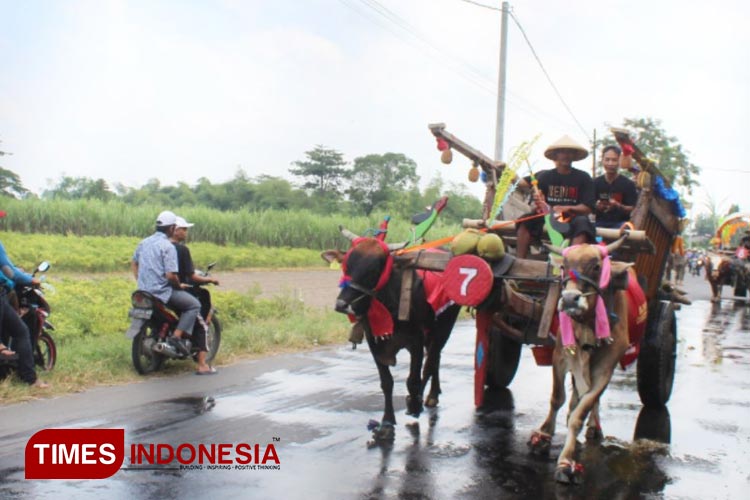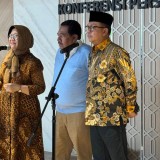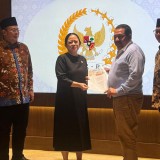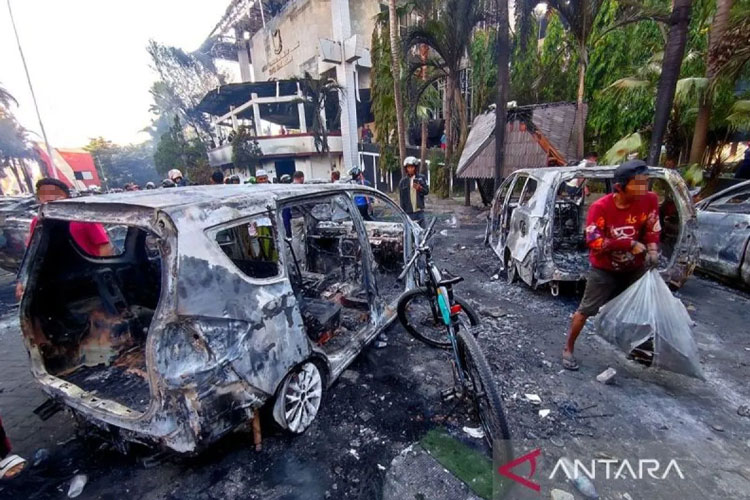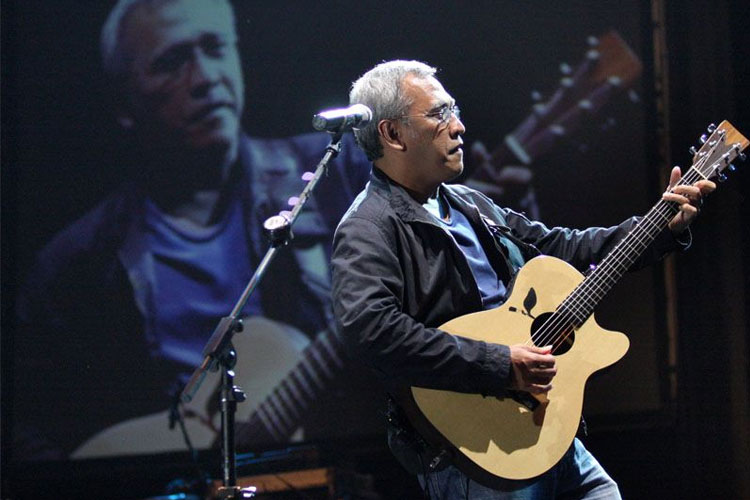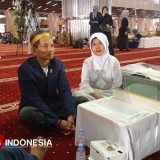TIMES JAKARTA, JAKARTA – Indonesian culture varied from East to West. And in each area there are some distinctive culture including the conventional transportation, just like this Cikar of Kediri, a small city in East Java.
Kediri is one of regencies in East Java. Back then the local community used this conventional cart as their main transportation either for their mobility or just conveyance. It is a traditional cart pulled by a cow or buffalo with two huge truck wheels on the side.
Before there was truck wheels, the wheels used was made of pile of wood. However, the local community still preserve the tradition up until now. This traditionally cart can be found in some rural areas of the city.
This two wheeled is navigated by a guy with a rattan covered in rope to touch the back of the buffalo. This motion let the buffaloes know when the have to speed or slowing down as well as when time time to turn. However there are also some special words used by the bajingan to navigate them and a power to control the rope.
Cikar Carries Daily Supplies
Coordinator of Cikar Manungale Kawulo Gusti Community, Pradeka Ipung Hariyanto, stated that this vehicle are still used for their original functions up until now. The local community still use it to carry sand, compost fertilizer, and farm products.
Back then, this traditional vehicle will even carry human and transport them from one place to another. During harvesting time, you will easily find this vehicle in this area.
"Like a classic car, owning a cikar is almost the same. The difference is that classic cars can still be repaired because there are many car workshops, while cikar are difficult to repair because the makers and cikar workshops no longer exist," he said.
The Number of Cikar Decreased Time by Time
As for now, the community in Kediri Regency consists of 40 members. They come from various places in the city, such as Ngancar, Pagi, Kayen Kidul, Kras, and Wates sub-districts.
The community, which also consists of dozens of Bajingan or the controllers, is not just a community of hobbyists or merely an owners. There is a big hope to continue to preserve the existence of Bajingan and cikar.
"These traditional vehicle are rare and almost extinct. We want to preserve the culture of our ancestors so that it can become an iconic symbol of Kediri Regency. Many people in the community miss the presence of this traditional vehicle," said Deka.
In addition he also said that having a this kind of transportation is almost the same as having a classic car. The difference is that classic cars can still be repaired because there are many car workshops, while it is difficult to repair because the makers and cikar workshops no longer exist.
The age of this convential vehicle could reach to 70 years. It was passed from generation to generation. With the old age it makes the owner should pay more attention to its condition.
"As long as they are not exposed to heat and rain, we can keep the wood in good and sturdy condition. Then, the wheels must be regularly oiled because they use iron and tires, not wood," Deka added.
Special Cows Needed to Pull the Cikar
The cows used to pull the vehicle cannot be just any cow. The pulling cows must be specially trained cows. Their must also be maintained by paying attention to their nutrition and health, including hoof and skin health, as well as the cows' overall health. The type of cow that is often used is a PO cow (or those huge cows mainly designated for farm work).
"Bajingan who are part of the community consist of farmers and livestock breeders, 30 percent of whom are still young. In the future, to preserve and attract tourism, the Cikar community intends to open this vehicle as a tourist attraction," he ended. (*)
| Pewarta | : Khodijah Siti |
| Editor | : Khodijah Siti |
